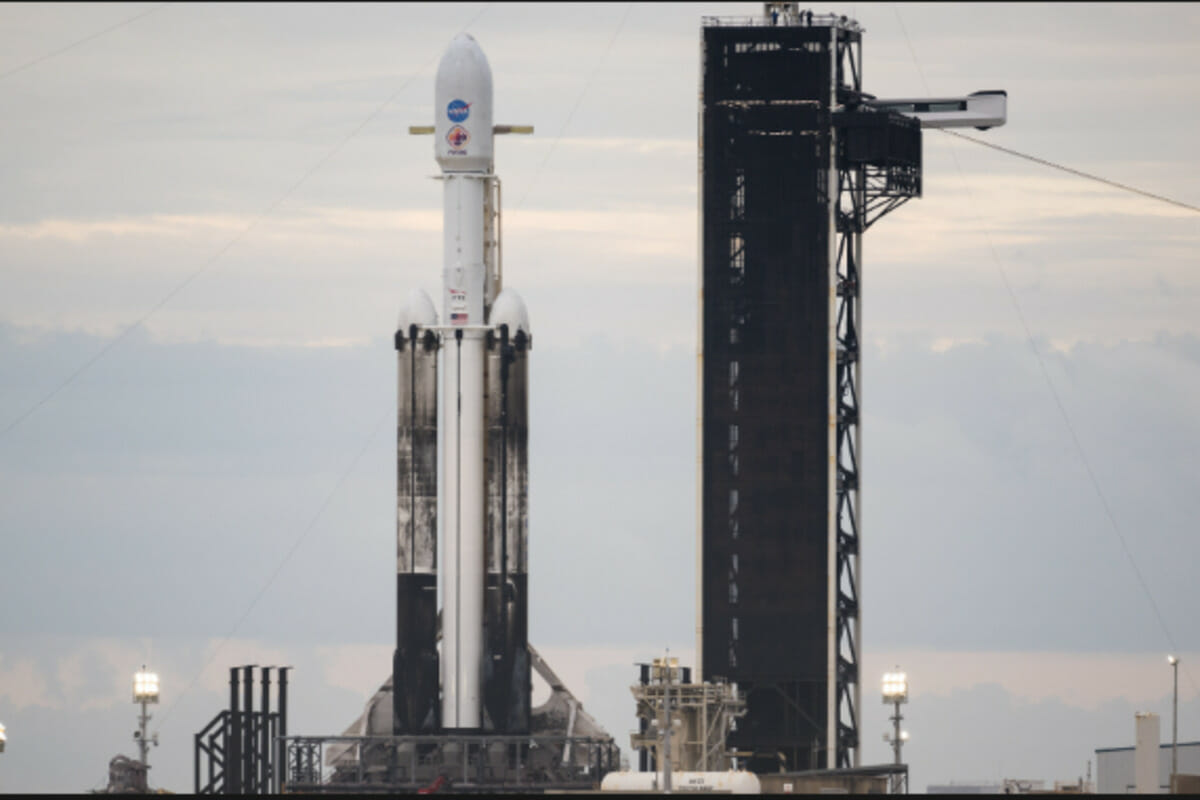Black Hole: A large black hole that is abnormally close to Earth has been seen by NASA telescopes munching on an unlucky star. 250 million light-years away from Earth, in the centre of another galaxy, is a black hole with a mass of around 10 million times that of the Sun. This instance ranks as the fifth-closest black hole star extinction yet seen.
According to NASA, the phenomenon is known as AT2021ehb. The ratio of the black holes and the Sun’s sizes are nearly identical to that of the Titanic and a bowling ball.
Also Read: Planning to open YouTube Channel in 2023? Here are some important points to succeed
Corona was formed by the Black Hole event
Astronomers noticed a sharp rise in high-energy X-ray light surrounding the black hole after the star had been totally torn by the black hole’s gravity, which showed that an incredibly hot structure had formed above the black hole as the stellar material was drawn towards its demise. The corona is the name of this heated formation.
NASA’s Nuclear Spectrotroscopic Telescopes Array’s Role
The research presenting the results was just released in the Astrophysical Journal. According to the study, the closest view of the corona’s origin and evolution was made possible by NASA’s NuSTAR (Nuclear Spectroscopic Telescope Array) satellite, which is the most sensitive space telescope capable of viewing these wavelengths of light.
The Tidal disruption event
A tidal disruption event is when a black hole demolishes a star. The paper explains how a tidal disruption event could be utilised to learn more about what happens to material that is grabbed by a large astronomical body before it consumes it completely.
Most black holes are surrounded by hot gas that has gathered over many years, perhaps for millennia. Around the goliaths, the gas shapes discs that are millions of kilometres broad. These discs can occasionally shine brighter than the entire galaxy.
Even in the presence of numerous luminous sources, particularly in the vicinity of far less active black holes, a single star being torn apart and eaten stands out.
From beginning to end, the procedure frequently takes just a few weeks or months. Astronomers are interested in tidal disruption events because of their observability and brief duration. Astronomers frequently concentrate on determining how the black hole’s gravity affects the surrounding matter to produce stunning light displays and novel physical properties.
Details of the event
During the tidal disruption event, the side of the star closest to the black hole was dragged more strongly than the distant side of the star. This caused the entire structure to disintegrate, leaving only a “long noodle” of heated gas behind.
Such occurrences include the stream of gas being whipped around a black hole and crashing into itself. This produces X-rays and ultraviolet light that are invisible to the human eye, coupled with shock waves and outward flows of gas that produce visible light.
After the gas begins to flow outward, it begins to gather into a disc that rotates around the black hole, resembling water circling a drain, with friction producing low-energy X-rays. In just 100 days, the sequence of activities for AT2021ehb took occurred.
Also Read: Google for India event: CEO Sundar Pichai unveils AI system that supports 100+ Indian languages
Keep watching our YouTube Channel ‘DNP INDIA’. Also, please subscribe and follow us on FACEBOOK, INSTAGRAM, and TWITTER












